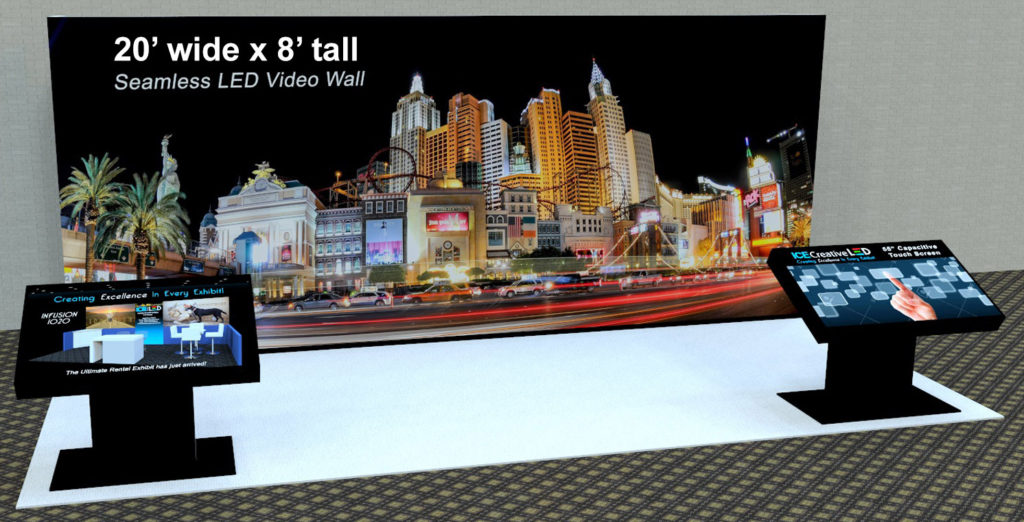Exploring How Definition Influences the Performance and Aesthetic Quality of Light Emitting Diode Screens in Modern Exhibition Technology
Exploring How Definition Influences the Performance and Aesthetic Quality of Light Emitting Diode Screens in Modern Exhibition Technology
Blog Article
Light Emitting Diode screens are becoming more and more popular in various environments, including concerts and athletic events to business presentations and art installations. One of the most crucial factors that affect the performance and visual quality of these screens is image clarity. Image resolution refers to the quantity of pixels that compose the image on the display. Higher resolution indicates more picture elements, which can result in sharper and crisper images. Understanding how image clarity impacts LED walls can assist operators make informed decisions about their display requirements.
When talking about image clarity, it is crucial to take into account picture spacing, which is the gap between the midpoint of one picture element to the midpoint of the following picture element. A reduced picture spacing results in a higher resolution, allowing for more detail in the images displayed. For example, an LED screen with a pixel pitch of 1.5mm will provide a sharper visual than one with a picture spacing of 3mm. This is especially crucial in environments where viewers are close to the screen, such as in a small location or a exhibition event booth. In these situations, a greater image clarity can greatly improve the observing experience.
Another aspect of resolution is its impact on hue precision and luminosity. LED screens with greater image clarity often have superior hue rendering, meaning that the colors displayed are more lively and realistic. This is essential for uses like marketing, where the goal is to attract attention and convey a concept efficiently. Additionally, greater image clarity displays can preserve brightness levels even when viewed from different angles. This is crucial in big locations where viewers may be seated at various ranges and positions from the display.
The performance of LED color gamut of led panels screens is also influenced by image clarity in terms of update frequencies and reaction durations. A greater image clarity screen can support quicker update frequencies, which is crucial for dynamic content such as videos and animations. This means that the visuals on the display will look more fluid and more fluid, improving the overall viewing quality. In comparison, reduced image clarity screens may have difficulty with dynamic material, leading to blurriness or lag. Therefore, for events that rely on high-energy visuals, choosing a display with a suitable resolution is critical.
In conclusion, resolution plays a crucial role in determining the functionality and image clarity of LED screens. Elements such as picture pitch, color accuracy, brightness, refresh rates, and response times all contribute to how efficiently a screen can communicate data and capture audiences. As advancements continues to progress, understanding these elements will help users select the right LED screen for their particular requirements, guaranteeing that they achieve the best possible outcomes in their displays and occasions.